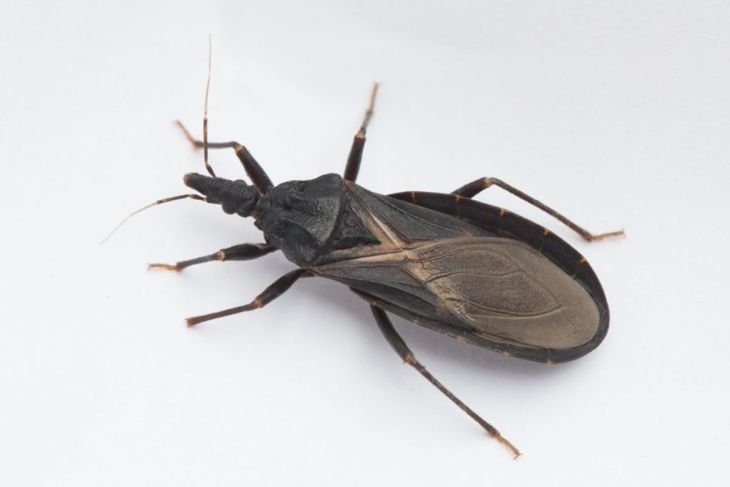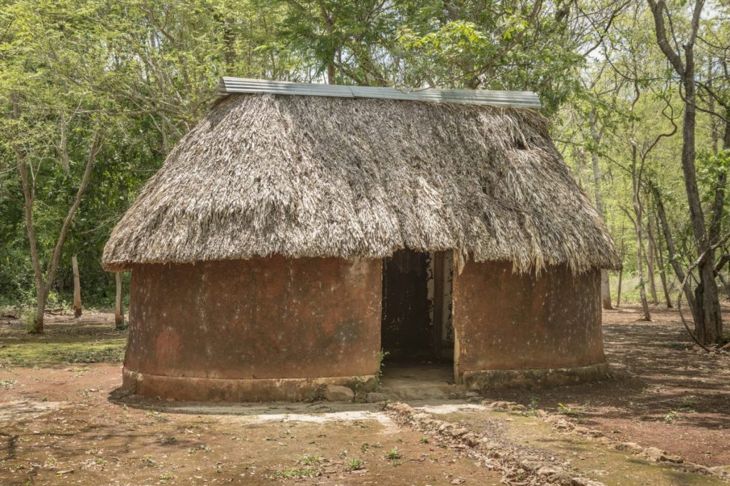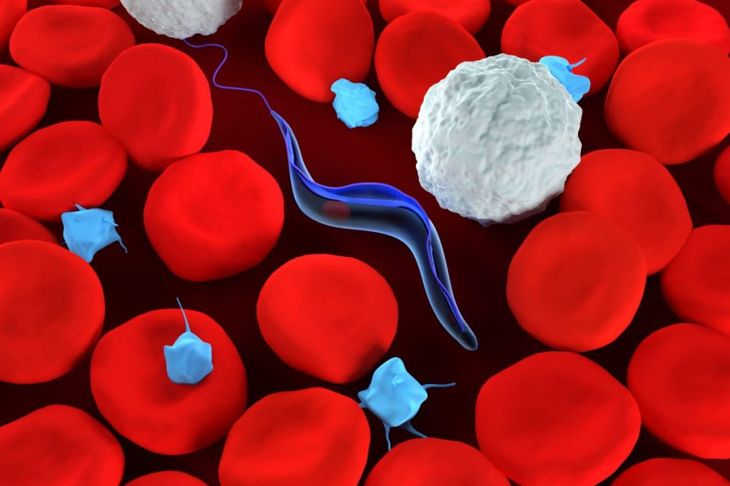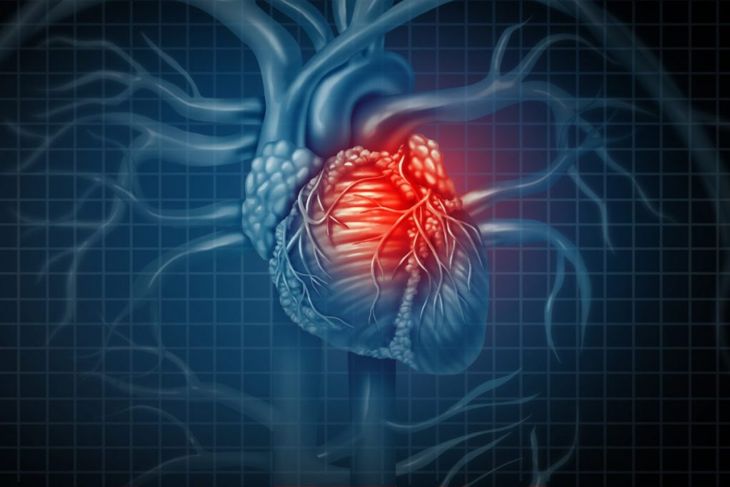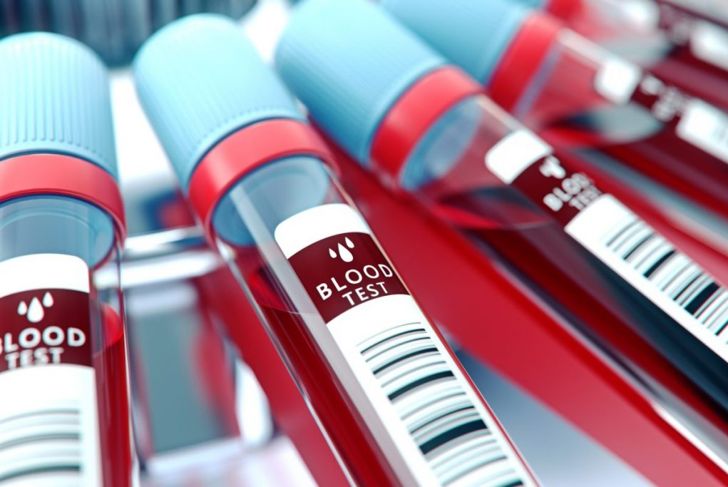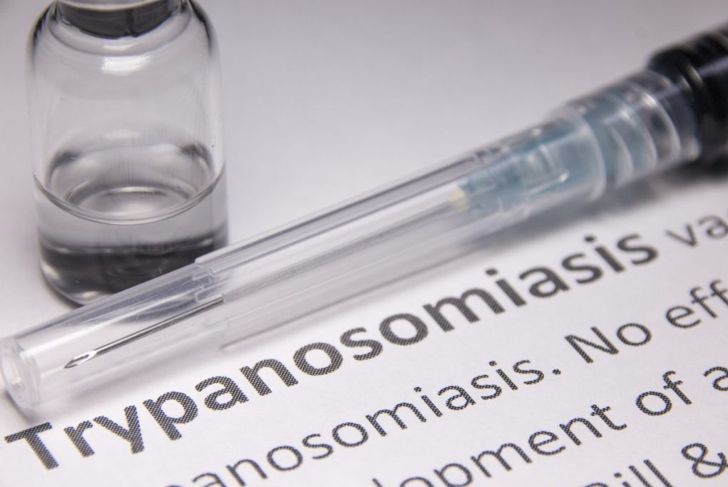A tropical parasitic illness, Chagas disease is transmitted by Trypanosoma cruzi, a species also known as kissing bugs owing to their habit of feeding around the areas of people’s mouths or vampire bugs for their propensity to feed on the blood of their hosts. Chagas disease produces a range of unpleasant symptoms, but it’s the tendency of the illness to become chronic and progress that can lead to life-threatening consequences. This disease is present in multiple places around the world.
How Is Chagas Disease Contracted?
Typically, Chagas disease is transmitted by the kissing bug or triatomine bug. The bugs themselves become infected with the microscopic parasites after feeding on a host with the disease. While feeding, the infected insects drop their feces on the skin. As the person scratches their skin, they invariably introduce the parasites into the body, though they may also enter through the mouth, eyes, or a pre-existing cut. Triatomine bugs typically feed at night while the hosts are sleeping.
Other Ways to Contract Chagas Disease
Pregnant women can pass on the parasites to their unborn children. Eating uncooked food that contains the parasites can also lead to infection. Working in an area where other creatures known to have the disease, such as raccoons, can increase the risk of contracting Chagas. There have also been some cases where medical lab workers have been exposed to the parasites and contracted the disease.
Where Does Chagas Disease Occur in the World?
Chagas disease occurs mainly in Mexico, Central America, and South America. However, cases also occur in the U.S. (particularly in the south). A few species of the insects are native to Australia, Africa, and Asia. In the infested areas, the insects tend to hide in mud or adobe walls. Thatch huts are also at an increased risk for harboring these insects.
Acute vs. Chronic: The Phases of Chagas Disease
Medical researchers divide Chagas disease into two phases: the acute phase and the chronic phase. The acute phase may last anywhere from a few weeks to a few months. It might produce symptoms or it might not. Many people do not even realize they are in the acute phase of Chagas disease. Chronic Chagas disease can occur if the acute phase goes untreated, but it might not show up until ten or even twenty years after the initial infection. It is not an absolute that the disease will progress from acute to chronic, but the risk is there. It is also important to note that the chronic phase cannot be cured, though it may be managed.
Symptoms of Acute Chagas Disease
While some people don’t notice any signs or symptoms of acute Chagas disease, many people do experience mild to severe symptoms. Common symptoms of this phase of the disease are fever, swelling at the site of infection, rash, general achiness, swollen eyelids, headache, loss of appetite, nausea, vomiting, diarrhea, and fatigue. An enlarged spleen or liver may also accompany this phase of the disease. Often, these symptoms go away on their own, which may lead individuals to assume they were only suffering from a virus. Unfortunately, by not getting an accurate diagnosis and treatment, the disease can progress to the chronic form.
Symptoms of Chronic Chagas Disease
Chronic Chagas disease can cause more serious signs and symptoms that may not appear for years. Symptoms of chronic Chagas disease include irregular heartbeat, difficulty swallowing, abdominal pain, and constipation. Severe cases of Chagas can lead to life-threatening health emergencies, so treatment to manage the condition is essential.
Complications of Chagas Disease
If Chagas disease progresses to its chronic form, it can cause health complications like heart failure. The heart can weaken to the point that it becomes unable to pump blood to fulfill the body’s needs. Other complications of the disease include enlargement of the esophagus and colon.
How Do Doctors Diagnose Chagas Disease?
Doctors can typically diagnose Chagas disease with a blood test that will confirm the presence of the parasite or the antibodies the body has created to battle them. After making a diagnosis, health care providers will run other tests such as electrocardiograms, echocardiograms, upper endoscopies, and abdominal x-rays to determine if the disease has progressed to the chronic form. Knowing what phase the disease is in enables doctors to recommend the best treatments.
Treatment of Chagas Disease
Treatment of Chagas disease focuses on eradicating the parasites infecting the body. Doctors will also provide treatment to ease signs and symptoms of the disease and to manage any complications that may have arisen. Complete recovery is possible in the acute phase, so it is important to get an accurate diagnosis and eradicate the parasites as quickly as possible.
Prevention of Chagas Disease
Many travelers worry about visiting areas where there is a high incidence rate of Chagas disease, but many hotels are based in modern structures where the bugs are not known to hide. People who live in areas where Chagas disease is prevalent should use insecticide-soaked netting over their beds if residing in mud, thatch, or adobe buildings. Finally, people who may have been exposed to the parasites should see a doctor if any symptoms arise, and mention their recent trips.

 Home
Home Health
Health Diet & Nutrition
Diet & Nutrition Living Well
Living Well More
More